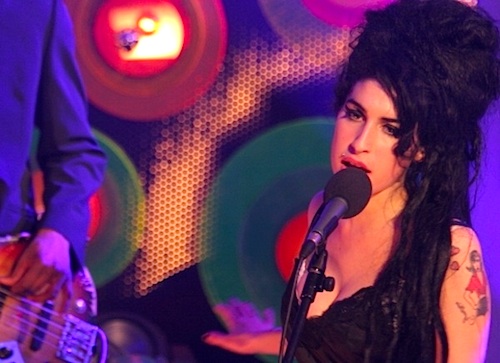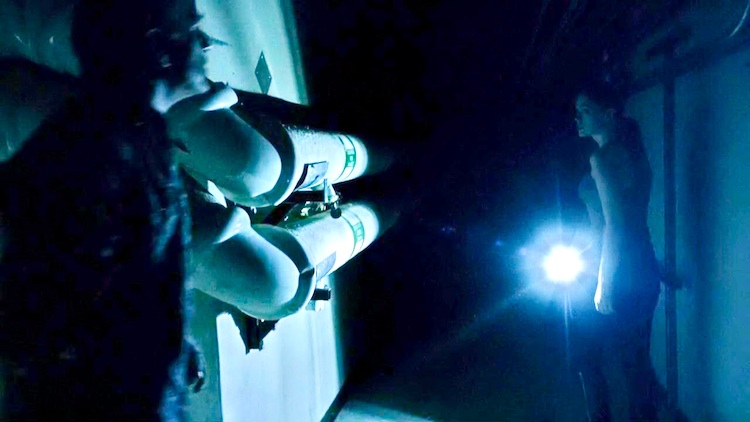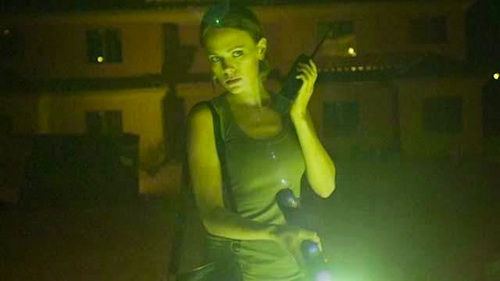By Joe Bendel. Tragically, Amy Winehouse passed away only two and a half short years ago. Could she already be due for a critical reassessment? A case could be made based on the stripped down and surprisingly soulful set recorded live for the Irish music television series, Other Voices. Indeed, the intimate setting suited her sensibilities, judging from Maurice Linnane’s Amy Winehouse—the Day She Came to Dingle, which screens during the 2014 New York Jewish Film Festival.
Produced in a small Anglican church in the remote Irish coastal city of Dingle, Other Voices has become an unlikely launching pad for many top UK performers. Saint James is a small space, with a maximum capacity of eighty. There is no avoiding the audience, but the right performer can feed off their energy. Winehouse seemed to get that. In 2006, when still in the process of breaking through internationally, she performed a set of what are now her greatest hits, with only guitarist Robin Banerjee and bassist Dale Davis backing her.
In between the six full numbers, Day cuts to excerpts from the no gossip-all music interview John Kelly conducted with Winehouse that might surprise many people. When asked about her influences, Winehouse primarily discusses jazz artists, such as Thelonius Monk and Sarah Vaughan (who is also seen in a vintage performance of “I Got It Bad,” as a pleasant bonus). She is also clearly knowledgeable about the UK jazz scene, singling out Soweto Kinch as a current favorite, so give her credit for that too. Evidently she started in jazz and even still played private duo gigs with a piano accompanist as late as 2006.

When watching Day, one gets the sense Winehouse might have been happier playing smaller, upscale jazz clubs than arenas and massive festivals like Glastonbury. While her Dingle repertoire is arguably more closely akin to 1960’s soul and girl groups, “Love is a Losing Game” has a bit of jazz rhythm to it, making it one of the highlights of the set. However, the stark arrangement of “Back to Black” is a defining standout and rather spooky sounding in retrospect.
At one point, Winehouse helpfully reminds viewers of her Russian Jewish heritage, thereby explaining why Day is a selection of this year’s NYJFF. It is a bit of a curve ball, but receptive viewers might find the manageable one hour program boosts their appreciation of Winehouse. After all, nobody from Dingle has a critical word to say about her, including Saint James’ Rev. Mairt Hanley and the old fellow who picked her up at the airport.
An entirely positive addition to her recorded legacy, Amy Winehouse—the Day She Came to Dingle is recommended for Winehouse fans and those who follow British pop music in general. While it is surely destined to be released on some format here in America, it has its New York premiere this coming Tuesday (1/14) and Wednesday (1/15), screening with the short film First Lesson in Love at the Walter Reade Theater.
LFM GRADE: B
Posted on January 9th, 2014 at 9:02pm.

